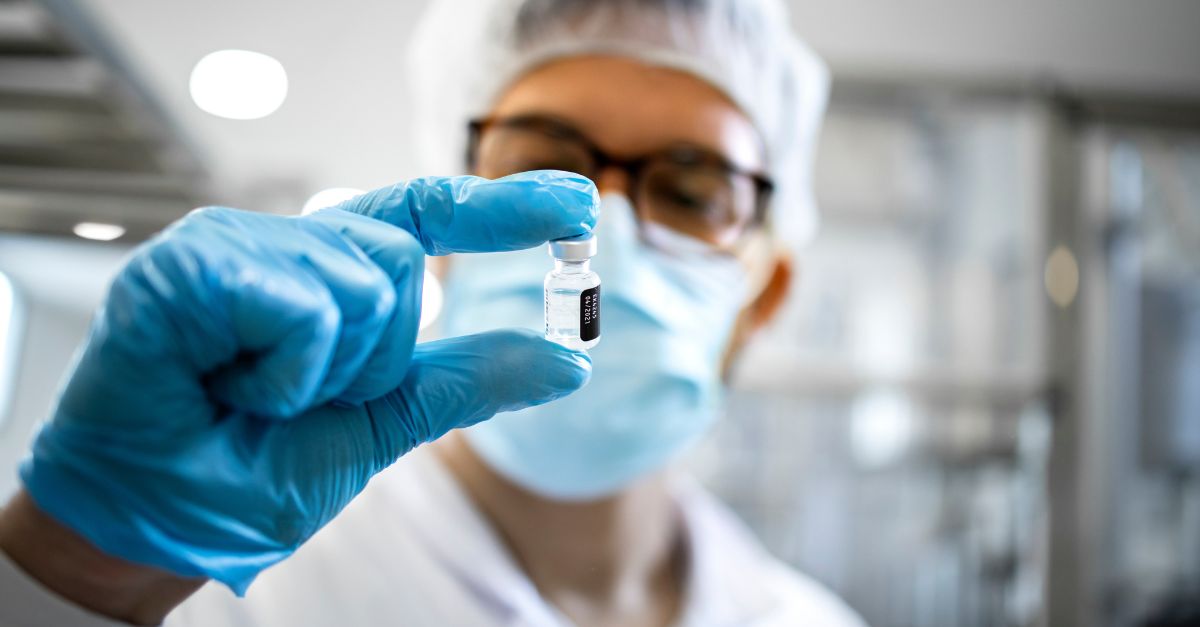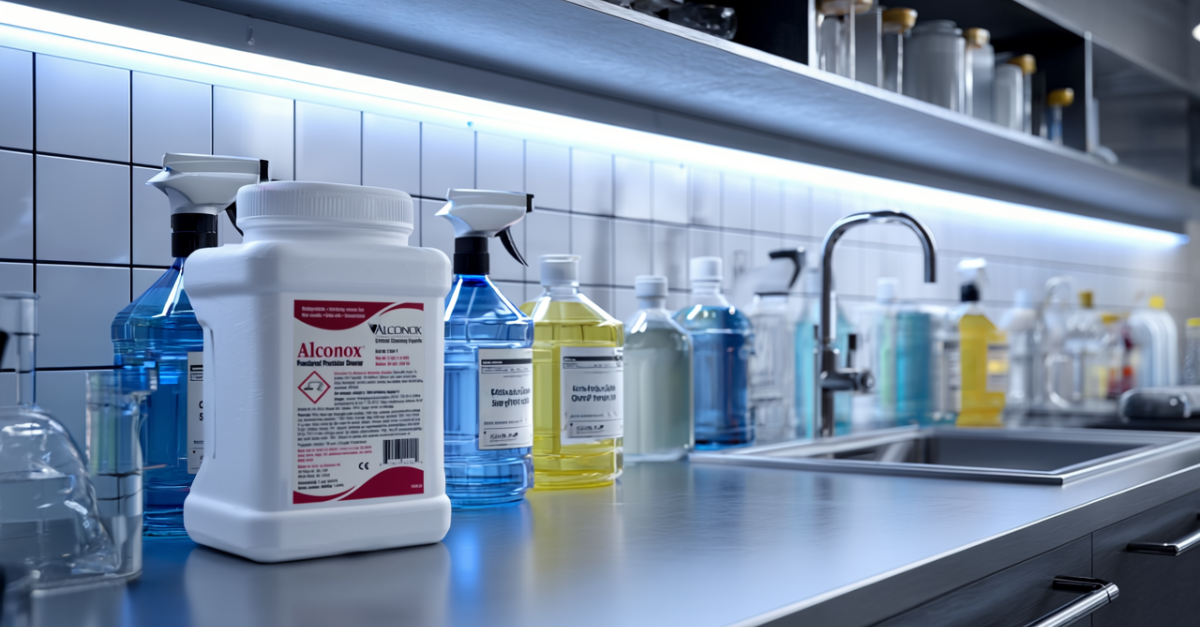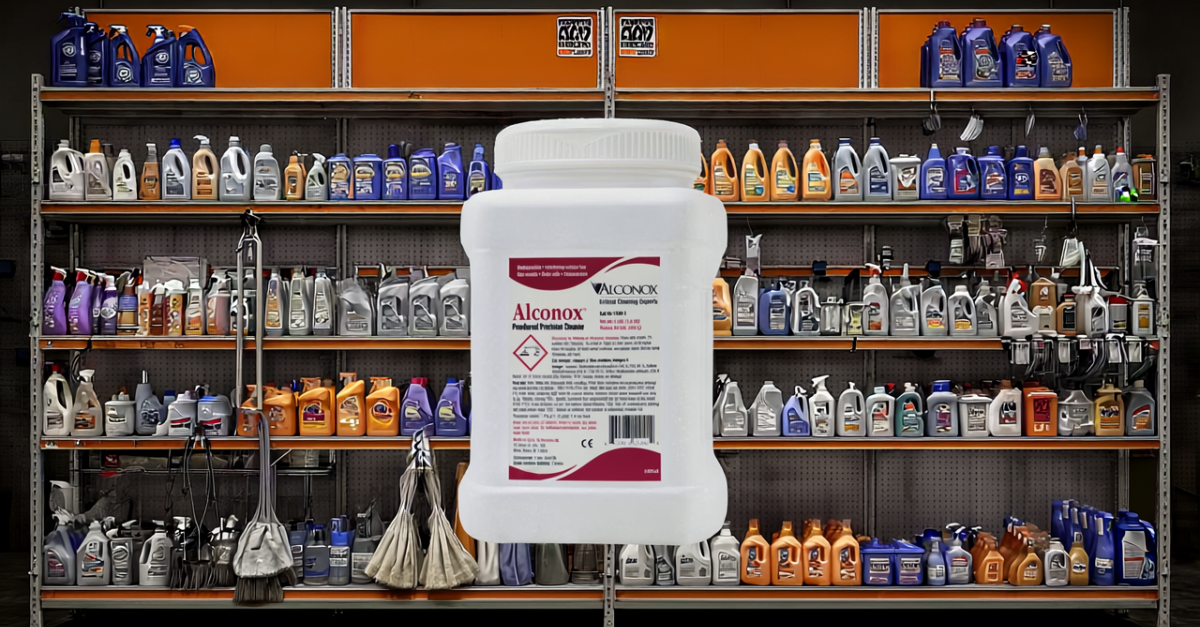Q. We are currently using a solvent and we want to switch to a safer product, such as a water-based cleaner. Do you have a detergent that can assist in the removal of residual silicone oils that are left in medical device mold inserts manufactured using clear rubber material? Will Alconox detergent work as your web page says without ultrasonic?
A. Assuming this is a heat stable rubber, we recommend cleaning with very hot >170F (~80C) 2-3% Alconox® Powdered Precision Cleaner or Detonox® Ultimate Precision Cleaner detergent solution followed by a very hot first rinse at the same temperature. Subsequent rinses can be done using cooler water. This avoids thermal shock of formed micelles which would risk redepositing the very residue you are looking to remove.
Detonox cleaner, one of our newest detergents, is analogous to a liquid version of our traditional Alconox powder detergent but with even more powerful emulsification properties. Detonox detergent is designed for the toughest residues that are to be manually cleaned. The Detonox detergent may be a better option when you cannot use sonication. Mechanical action in cleaning is almost always beneficial, whether it be ultrasonic or good old fashioned “elbow grease.” But when it cannot be done, soaking can be substituted in many cases.
The theory regarding the high heat is that many silicone oil residues have a softening point somewhere just below 77C and if you clean with a strong emulsifying solution at temperatures above the softening point, you can emulsify the difficult to clean silicone oils. Again, it is important to rinse with very hot water so that you do not break the emulsions that form and redeposit the silicone oil.
If a cold or ambient temperature rinse is used, you can break the emulsion and redeposit the silicone oil. This may often been misunderstood as a failure of cleaning (“the detergent didn’t work”), but in reality, the re-deposition is a failure to properly rinse. After the first rinse, the concentration of emulsion micelles will be below the critical micelle concentration. Thus, after a hot first rinse you do not necessarily need to use hot water to rinse with for the 2nd or 3rd rinses.
For automated or CIP applications, a low foaming detergent is required. To compensate for the lower emulsifying capability of low foaming surfactants, high alkalinity is often a way to go: Cleaning Silicone Grease Residue Build Up in a Parts Washer.
Happy to discuss your silicone oil removal application further.
To request this or any Alconox, LLC detergents for free, please complete the questionnaire at Get Sample. For more information about any one of our Alconox, LLC detergents, consult the technical bulletin for each product. Or click here to access each of our detergent’s Safety Data Sheets.
Do you have a critical cleaning question for the experts at Alconox, Inc.? Search TechNotes to see if it’s been answered before or Ask Alconox.
Contact us any time: cleaning@alconox.com



